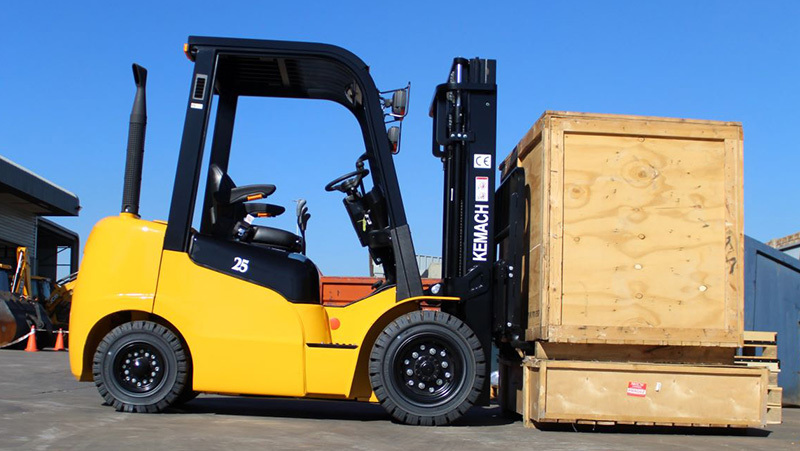The desire for efficient production with the least time and expense coverage rules the current industry. This has taken effect from the production/manufacturing sites to the storage plants. Therefore, the installation of modern material handling equipment, especially forklifts, is inescapable for productive companies. However, safety and health guidelines remain the prime consideration. Thus, forklift operation safety training amongst all forklift operators is of importance forklift training me near. This article covers the entire training process, from requirements to application in the industry. If your concerns lie within, then you are on the right page, keep reading.
The role of a forklift operator
As the operator, your role is to guide the machine to work efficiently in handling loads. The machine’s role is to lift and transport heavy items within a facility. Any mishandling may lead to fatal accidents for both goods and employees. That is why; it is a regulation by the Occupational Safety and Health Administration (OSHA) that anyone working on the machine pass through forklift operation safety training certified program.
What to expect in the training
Technological advances have incorporated a variety of forklift designs. The operation principle remains almost similar but with a little difference. You have the task to identify the suitable type for your career. Besides, it covers hazards, general operating procedures, and related safety measures.
Training procedure
1. Type identification – lift truck classes are into internal combustion engines/electric motors or rough/smooth terrain forklifts. Various types per application follow i.e., warehouse forklift, counterbalance, industrial, pallet jack, order picker amongst others. They all have the different working capacity; thus, simultaneous handling may be considered.
2. Registering for the training program Only enroll with a registered institution certified to offer the course. This ensures that all the standards are in place. Consider one in your local area for cost-effectiveness.
3. Course attendance and evaluation. It commences with theory classes where driving techniques, maintenance procedures, OSHA guidelines, and safety are covered. This may take a few days per institution program. After which is liable to undertake a test that must be passed to proceed to the next level.
Actual training will then follow. Here, hands-on skills on things learned during the theoretical class take charge. Completion of this drives you to the final stage of certification. A final evaluation of your written exams and driving skills will determine your liability for a forklift operator license. The license should entail your name, training and evaluation period, and the name of your trainer.
Training Tips
During this session, you must take note of the following; the hazards you will be exposed to (speed limits, loading procedures, and gangway design). For maintenance, take note of periodical inspection of all components. Lastly, go through statistics of past lift truck accidents and how to fight over on occurrence.
The benefits of training
Safety in the workplace must always remain consistent for the well-being of workers. Forklift operation safety training is one way to achieve this. Besides, reduced accidents boost workers’ morale hence effective production. In turn, the company saves more from high Insurance rates and channel the expense to other product lines.
Training certification for a truck lifter will open you to wide job opportunities. There are millions of applications of these machines worldwide, so no risk of losing a job unless you become a careless driver.
Bottom Line
Accidental expenses are always damaging to companies. Having the modern machine is not just enough, rather proper handling for everyone’s good. Therefore, let us keep the tempo of forklift operation safety training higher for optimum economic production in our industries.
